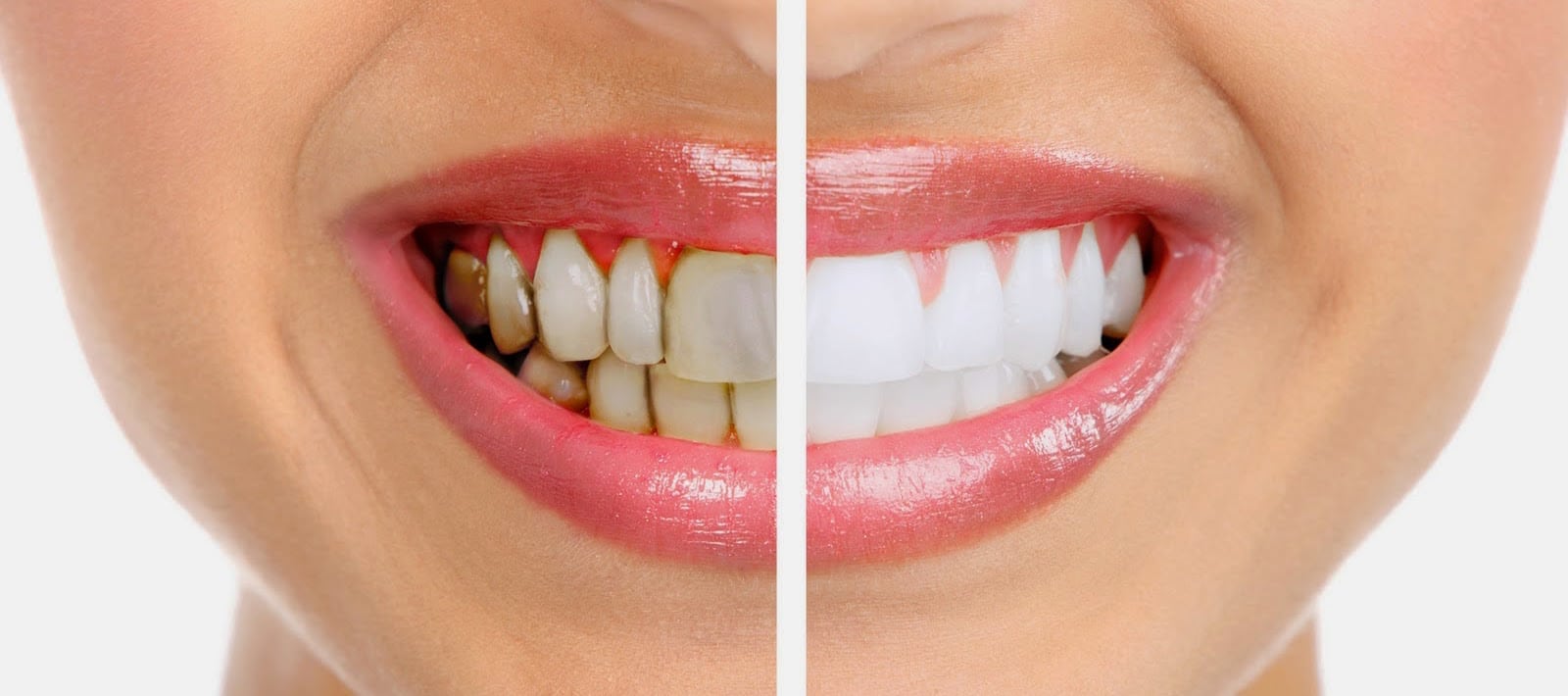What is it?
As I pointed out in the previous blog, gum diseases are caused by bacteria around the gum. So the solution to this problem is to remove bacteria. A dentist’s job is to remove hard deposit while the patient’s job is to remove the soft plaque that build up every day so that it doesn’t sit around long enough to become hard.
How often should I get a clean?
6 months is the usual answer but it’s not always correct. The real number depends on how quickly hard plaque forms around your teeth. I’ve seen thick hard plaque formed on a patient as early as 2 weeks. It doesn’t make sense to me to wait for another 5 months to clean while the gum is damaging. The more soft plaque patients can remove, the better gum health will be.
Why is it so uncomfortable?
The aim of cleaning is to remove hard plaque around the gum. Unfortunately the gum around the hard plaque is usually inflamed and swollen up which is why it can be uncomfortable. In addition, if the gum has receded due to hard plaque accumulation, this can expose root surface which is usually sensitive to cold air and water. I found this to be a vicious cycle where a patient is deterred from getting a professional clean due to discomfort. This in turn leaves more plaque around the teeth, the gum is more swollen and the next clean is even more uncomfortable. Vice versa, patients who frequent the dental clinic for regular clean tend to have less issue. I always say it’s easier to mow the lawn every week than when it’s 2 feet high!!
Not all cleanings are the same
As mentioned in the previous blog, deep pockets are the sign of advance gum diseases. If it’s hard for you to clean 6mm underneath the gum , it’s hard for dentists to do that too because we can’t see what we are doing. You may have heard your dentist mention “deep cleaning”. This mode of cleaning relies on tactile sensation to feel the plaque hiding under the gum and is consequently more time consuming. Cleaning deep pockets can be uncomfortable to some patients which is why this is usually done under local anesthetics (numbing). Sometimes a referral to a gum specialist is required in an advance case.
What to expect after deep cleaning
Well it depends on how well you’re cleaning at home. All the dentist did was removing hard plaque from the pockets. It’ll take time for the gum to heal, usually 3-6 weeks. If you leave soft plaque packing back into the pockets, it’s going to prolong the healing process. For example, if there were 6mm pockets, don’t expect it to become normal within a few weeks. Healing takes time. Hence the need for repeated cleaning until the pockets shallow out.
It can be uncomfortable around the gum and teeth for a few days after professional cleaning. Don’t deter from cleaning thoroughly at home. Effectiveness of this treatment depends a lot on oral hygiene and there are many things you can use at home to aid the initial healing period. A chlorhexidine mouthwash (such as Savacol and Curasept) is useful in the first week after professional cleaning. Sensitive toothpaste is good if teeth become too sensitive to clean thoroughly. And of course, piksters (interdental brush) are your necessary friend.
If you feel gum diseases have been a problem all your life, remember that it doesn’t have to be. It can be solved with a right treatment and guidance.
To your healthy smile.
Dr. Supa
Supa Dental, Melton.



